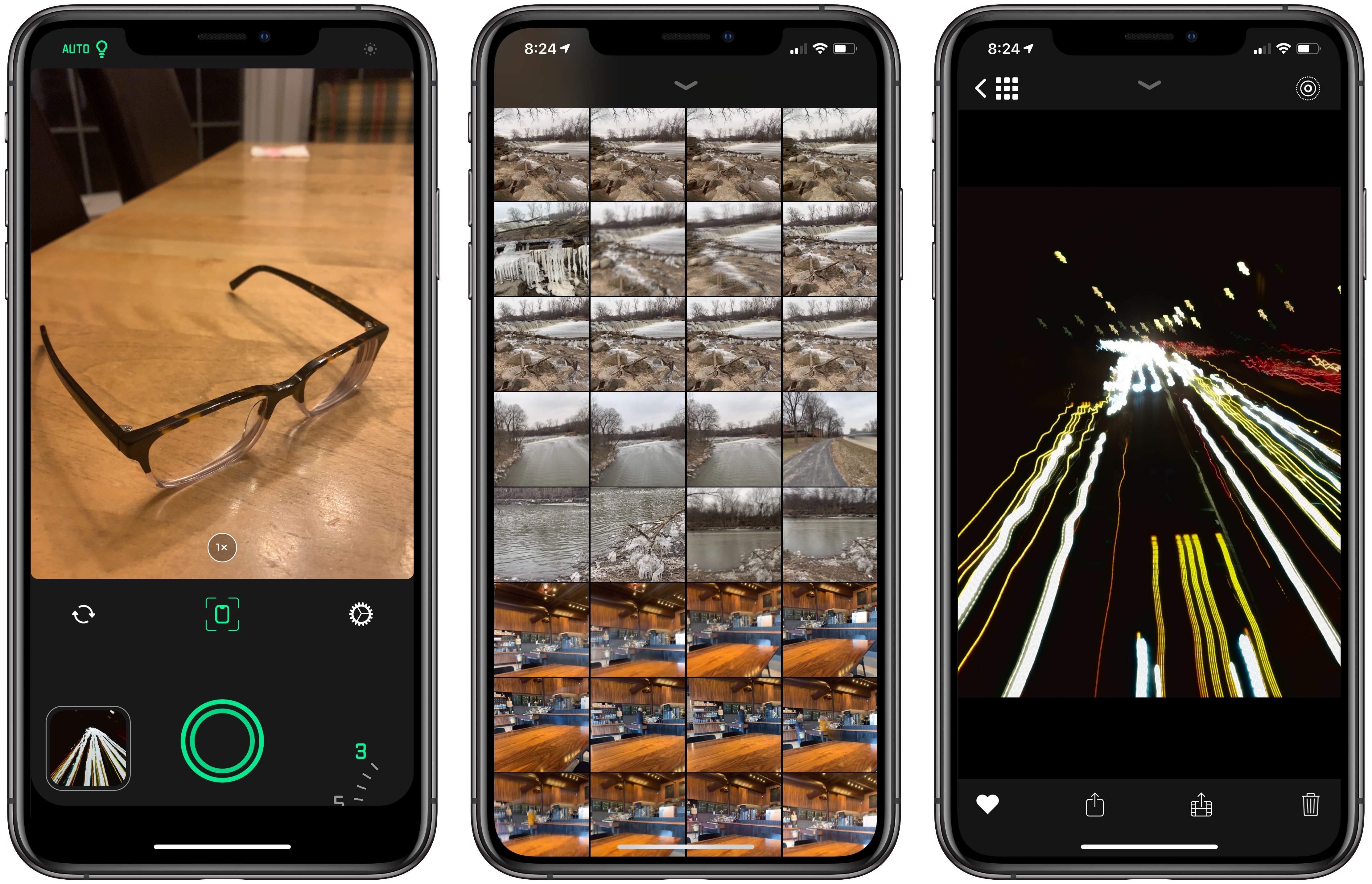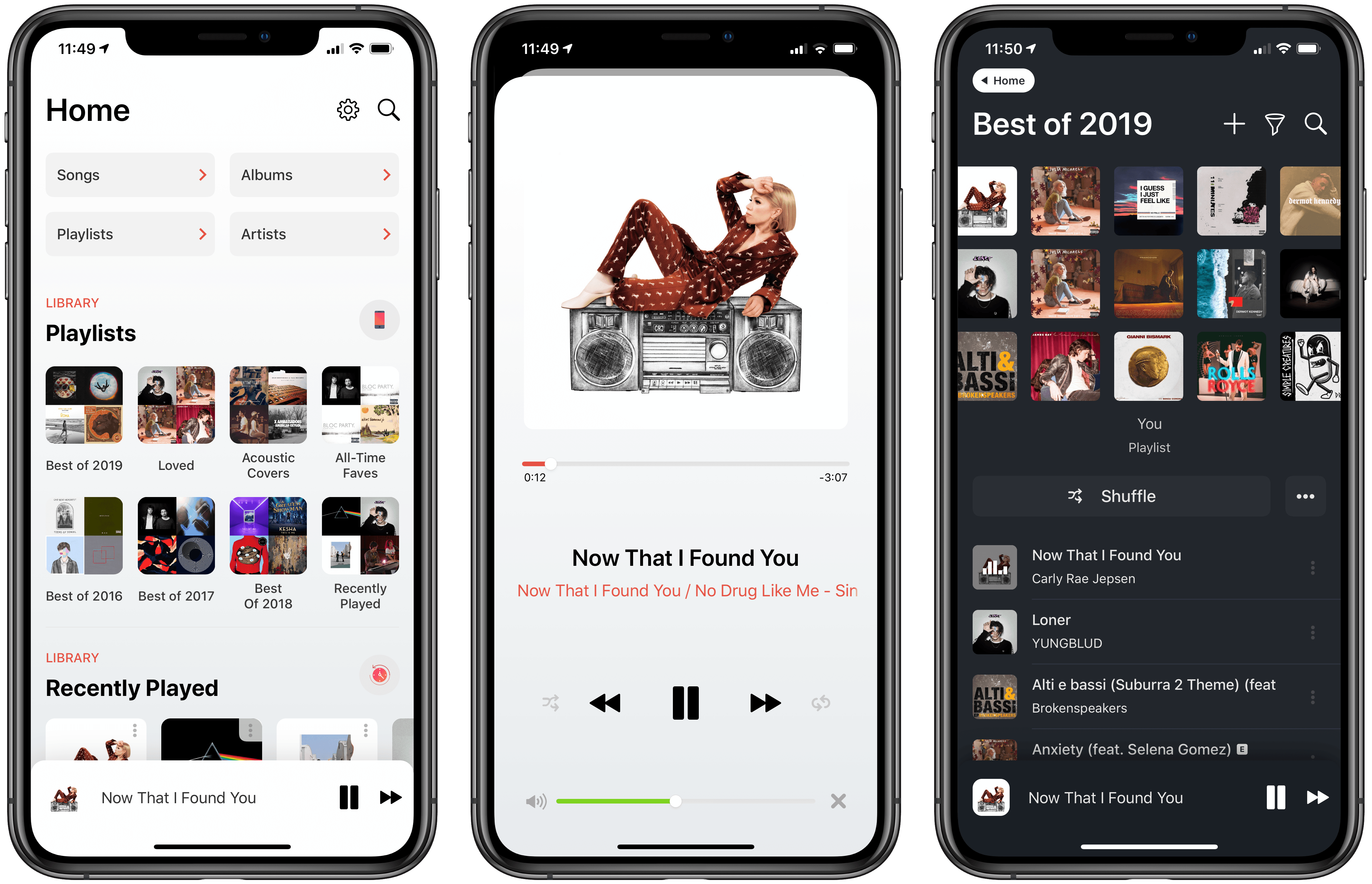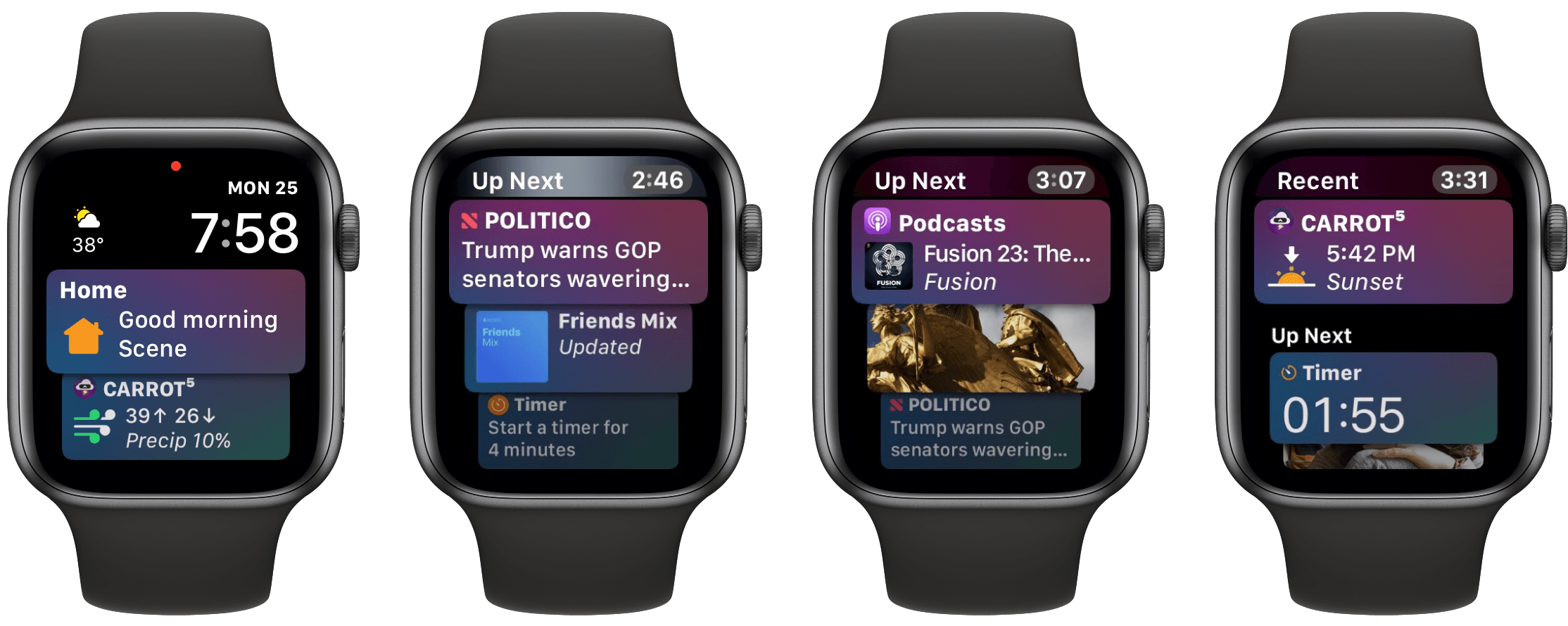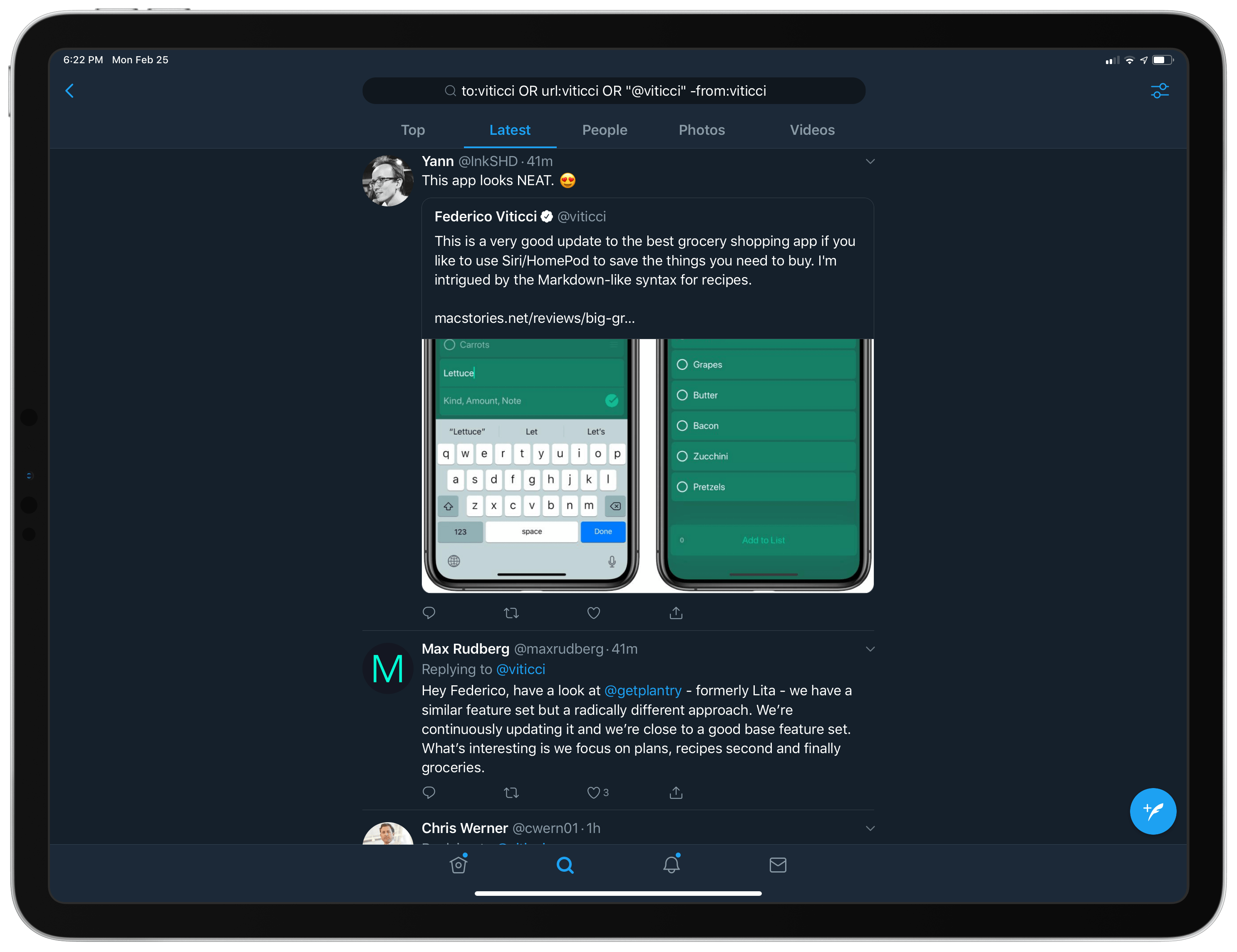When you visit a website, few things are more frustrating than when your browser doesn’t work as expected because the site has disabled common interface features. StopTheMadness is a Safari and Firefox extension that prevents sites from modifying how your browser works when you visit them.
Available on the Mac App Store for macOS 10.12 Sierra and later, StopTheMadness puts you back in control of your browsing experience. Users often assume their browser isn’t working correctly when in fact, the trouble lies with the sites they visit. To see just how bad it can be, visit StopTheMadness’ test page for a demonstration. With StopTheMadness enabled, everything on the test page is returned to working the way you expect.
Whether you’re on Safari or Firefox, StopTheMadness ensures you can:
- ⌘-click to open links in a new tab
- Use keyboard shortcuts that rely on the ⌘ modifier
- Open Safari’s standard contextual menu when you right click
- Drag images and links
- Select text
- Paste text into any text field
- Copy text from anywhere on a webpage
- Auto-fill and complete passwords
StopTheMadness can even prevent clicked links in Google search results from being redirected to a different site. The extension can also be customized to work on a per-site basis allowing users to dial in the exact experience they want.
Get StopTheMadness today on the Mac App Store and take back your web browser. StopTheMadness is available as a separate purchase for Google Chrome on the Chrome Web Store.














